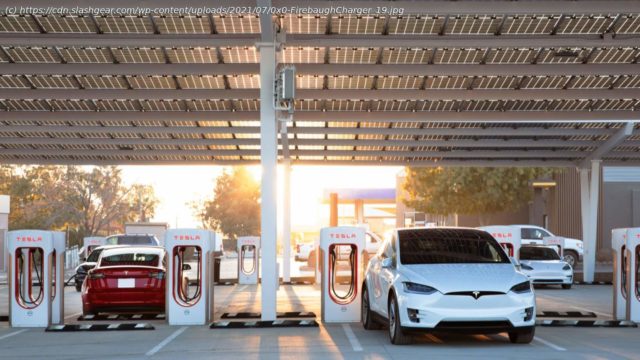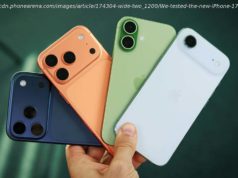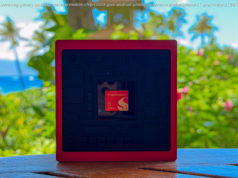Tesla plans to open up its Supercharger network to other automaker’s electric vehicles, Elon Musk has confirmed, a huge change in strategy that risks
Tesla plans to open up its Supercharger network to other automaker’s electric vehicles, Elon Musk has confirmed, a huge change in strategy that risks infuriating owners of Tesla cars. The decision to make more broadly available what has, so far, been exclusive to Tesla drivers reflects the significant changes electric automakers face, particularly in the face of new subsidies and incentives. Building the Supercharger network – a series of high-power electric vehicle chargers that use Tesla’s proprietary connector – was a necessary evil back when the automaker began operations. When the first locations opened in September 2012, public infrastructure for EV charging was effectively non-existent. Given Tesla wanted to pitch its vehicles as replacements for internal combustion cars, capable of long-distance travel, it took building out that infrastructure into its own hands. Supercharging also allowed for a motivating incentive to get drivers into early Tesla vehicles, such as the Model S and Model X. By offering free charging – a perk it gradually discontinued as demand rose and EV prices dropped – the automaker built a cohort of early-adopters whose vocal enthusiasm for the brand helped spur its success. Now, though, with other automakers finally taking EVs seriously, what has so far been an exclusive perk for Tesla drivers may be something they soon have to share. Elon Musk confirmed on Twitter that the Supercharger network will see its biggest change yet in 2021. According to Musk, “we’re making our Supercharger network open to other EVs later this year.” It’s an announcement that leaves plenty of questions, of course. For a start, Superchargers – and Tesla Destination Chargers, which offer Level 2 charging at local destinations such as hotels, restaurants, and similar venues – rely on Tesla’s own plug, which Musk points out was designed because at the time there was no single standard for connectors. “It’s one fairly slim connector for both low & high power charging,” he points out.






